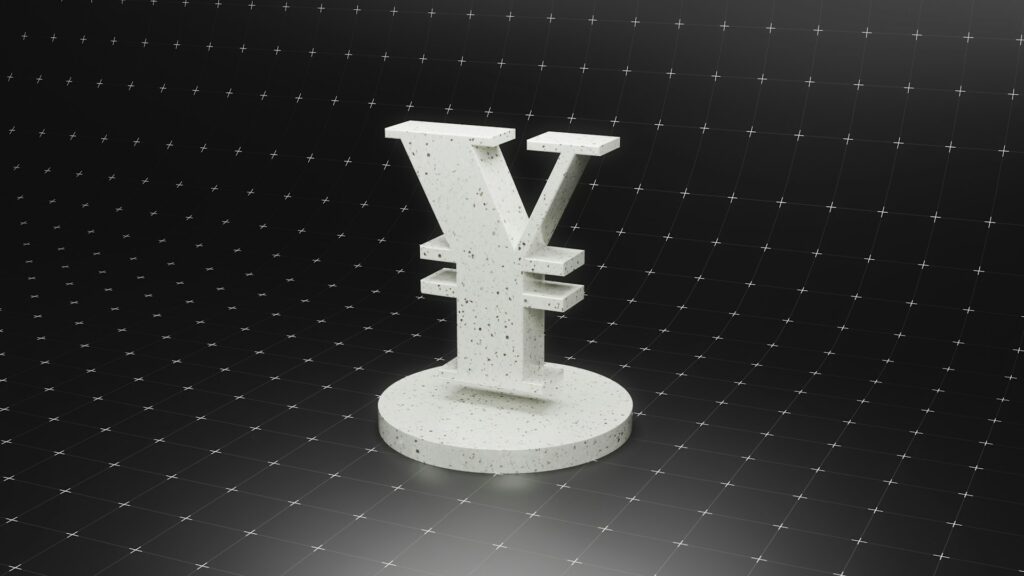The Japanese yen will have choppy trading this week because of US data, tariffs, and the Bank of Japan.

The Japanese yen will have choppy trading this week because of US data, tariffs, and the Bank of Japan.
Key Points: USD/JPY climbed 1.08% to 143.637, ending a four-week losing trend due to Trump’s trade optimism.
Regarding inflation and wage growth, a hawkish approach on the part of the Bank of Japan might send the USD/JPY exchange rate below the 140 level.
USD/JPY volatility is significant due to BoJ revisions, US economic data, and trade policy changes.
USD/JPY Breaks Three-Week Loss — Next for the Yen?
President Trump’s announcement to resume US-China trade negotiations boosted risk asset demand in the week ending April 25. US dollar demand stopped the US Dollar Index’s four-week losing skid on optimism about tit-for-tat tariffs ending.
Gold and the Japanese Yen suffered from risk-taking. The USD/JPY rose 1.08% to 143.637, while gold dipped 0.25% to $3,319.
Trade developments will influence USD/JPY going forward. However, traders should also evaluate the Bank of Japan’s monetary policy and significant economic factors that may affect prices.
Japanese Retail Sales and Economy Outlook
Japanese retail sales are due Wednesday, April 30. March retail sales are expected to grow 3.5% year-over-year, up from 1.4% in February. Private spending may increase H1 2025 Bank of Japan rate rise bets. Stronger spending might indicate rising inflation and economic resiliency as private consumption accounts for 55–60% of Japan’s GDP.
Crucially for the BoJ, higher earnings would affect household spending patterns, boosting consumption.
Bets for an immediate BoJ rate rise boost Yen demand. Conversely, weaker retail sales may push the Yen.
BoJ Judgment and Policy Outlook
The Bank of Japan’s quarterly outlook report and monetary policy decision will be the highlight on Thursday, May 1. Forecasts for the BoJ to retain rates at 0.5% expose the United States dollar versus the Japanese yen to its policy outlook.
A immediate interest rate rise might boost Yen and compress USD/JPY. A more cautious approach might weaken the Yen.
Tariffs and Labor Trends
Japan’s job market will be watched on Friday, May 2, amid diminishing trade tensions. During the month of March, economists anticipate that the unemployment rate will continue at 2.4%, but they also anticipate that the ratio of jobs to applicants will increase from 1.24 in February to 1.25 next month.
A healthier job market might boost wages and consumer expenditure, boosting inflation. Rising unemployment may reduce wage growth and expenditure, favoring a less hawkish BoJ.




